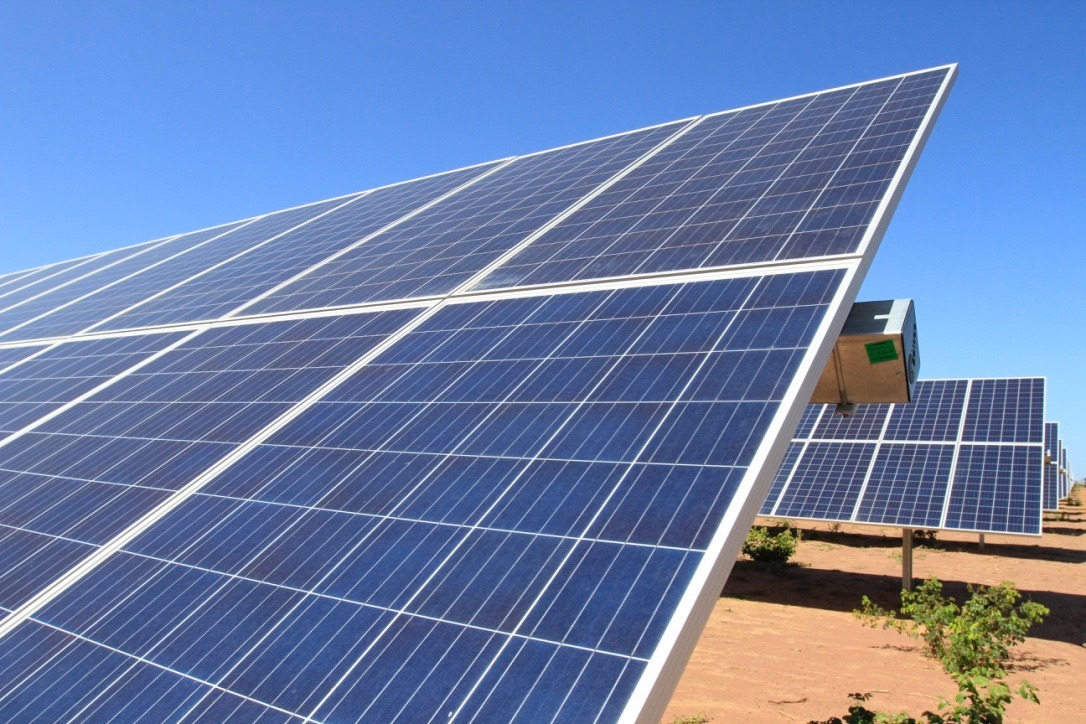The State of Piauí has stood out when it comes to supplying clean energy in the country. According to a report by ANEEL (National Electric Energy Agency), released in March, the state is the one that has invested the most in the supply of clean energy in Brazil.
In order to maintain this condition, the state will, through a PPP (Public Private Partnership), build eight mini solar energy plants with a production capacity of 5 MW each.
The cities that will host the installations are Caraúbas, Cabeceiras do Piauí, Curralinhos, Barras, and Canto do Buriti. These mini-plants are expected to come into operation by the end of 2021.
“There will be almost 90 thousand people living in these municipalities who will be directly impacted by the implementation of the mini-plants. The investments will contribute to the regional economy, through the generation of direct and indirect jobs, both in the implementation phase and in the operation of activities”, highlights Viviane Moura, superintendent of the Piauí PPP Program.
One of the innovative points of the mini-plants in Piauí is that they will use tracker technology. This equipment corrects the angle of the panels several times during the day to follow the movement of the sun, maximizing energy production. As a result, energy production is approximately 30% higher.
The mini-plants PPP foresees more than R$ 150 million in investments and a monthly reduction of 23% in state spending on energy to supply public bodies, in addition to savings of more than R$ 10 million per year in the cost of electricity.
Over the 25-year contract, this concession will produce energy to be injected into the Equatorial concessionaire's network and a system will be implemented to manage and compensate the energy produced and consumed by state administration bodies, making them self-sufficient in supply.
The companies responsible for the construction, operation, maintenance and management of the mini-plants will be the Consórcio Energia Sustentável (composed of companies from São Paulo and the Federal District); the Goiás company Brenge Par Engenharia e Participação; and the Gm-Energia Consortium (composed of companies from São Paulo and Pernambuco).
According to the PPP, concessionary companies must implement, together with Uespi (State University of Piauí), the Renewable Energy Training and Research Center, a space for research, technical training and educational transformation.
The implementation of the mini-plants will further boost Piauí as a national reference in good environmental practices and a pioneer in the use of energy from the sun to serve public administration buildings”, comments Viviane.
State highlighted in clean energy production
According to ANEEL, Piauí will this year account for the highest percentage among all the states analyzed with an expansion of 190.35 MW in its energy matrix. Behind Piauí in clean energy production are the states of Bahia with 155 MW and Rio Grande do Norte with 151 MW. Furthermore, the largest photovoltaic plant in Brazil and South America was inaugurated at the beginning of 2020 and is located in the city of São Gonçalo do Gurguéia (PI). It has a generation capacity of 608 MW, and bifacial solar panel technology.

















2 Responses
Very good news! We hope to see more PPPs like these in Brazil.
Good morning ! Érica, I started following your articles, as of today I found them to be very helpful in terms of content. I want to suggest or even if there is something about the types of financial participation of banks in these projects, are they not giving the mill owners the ropes to inform themselves???
Think about it !!!